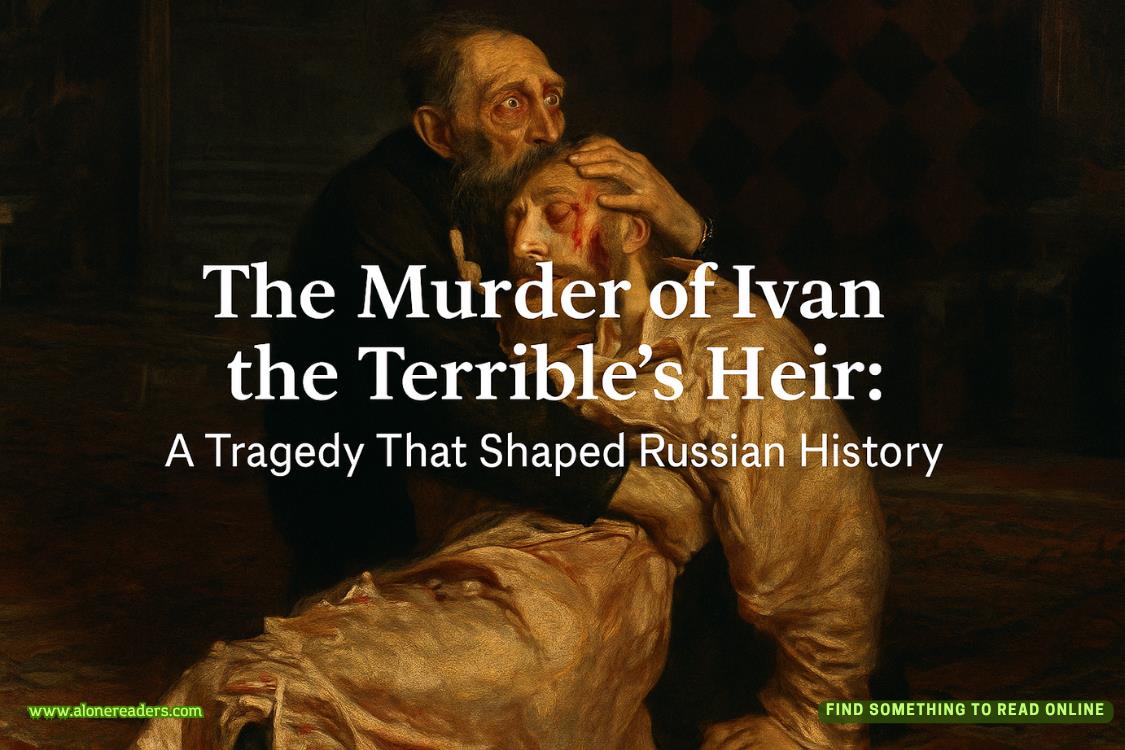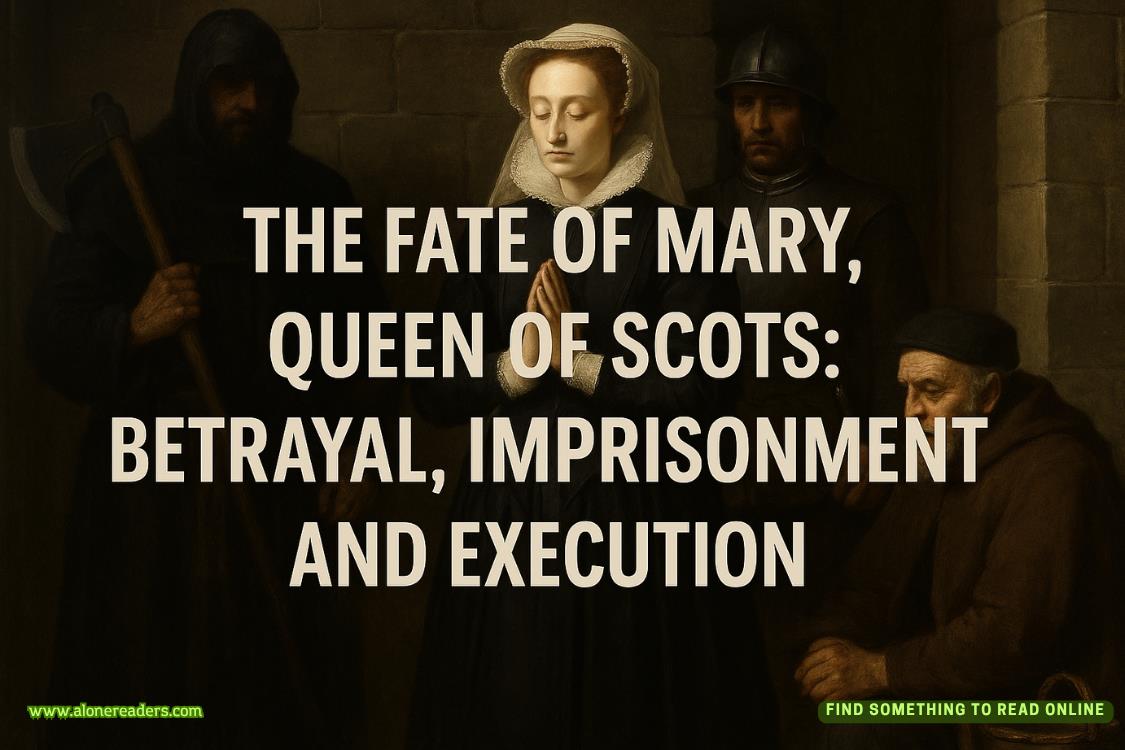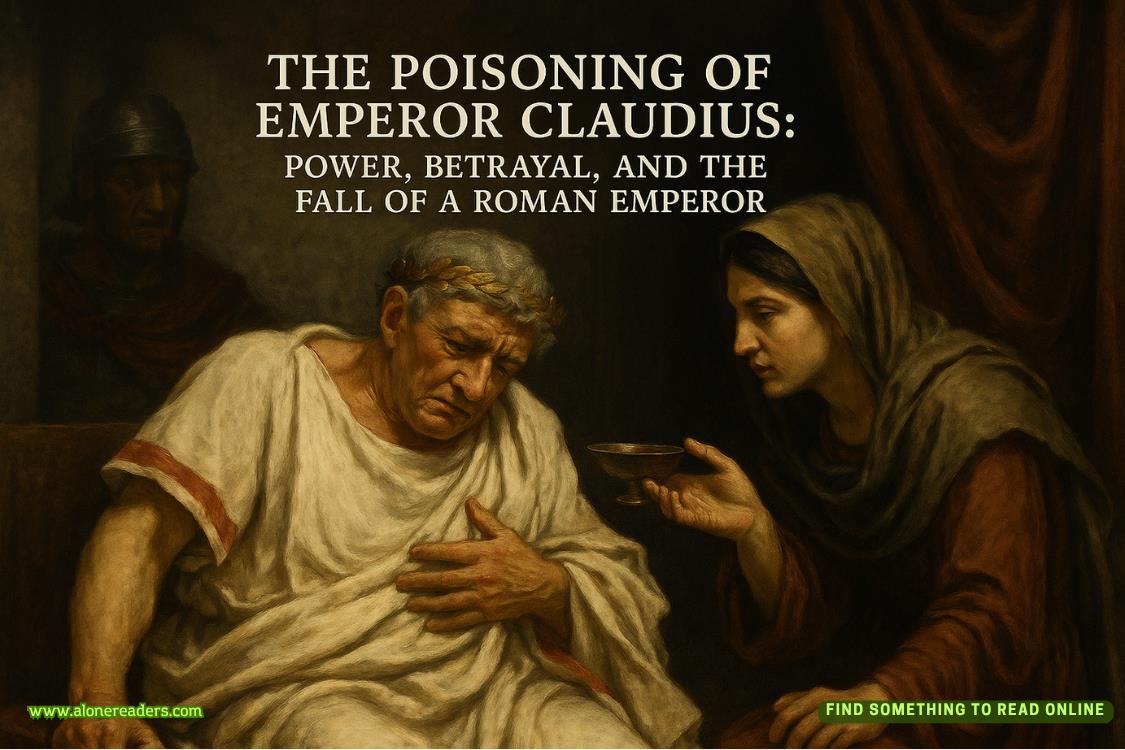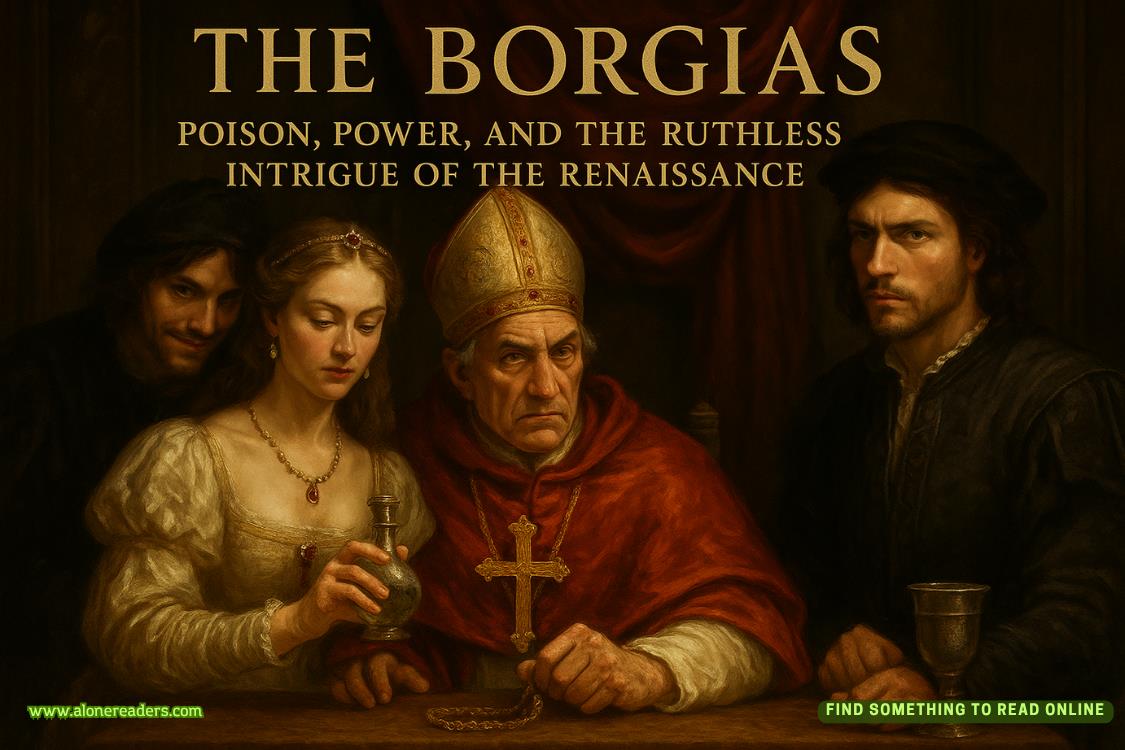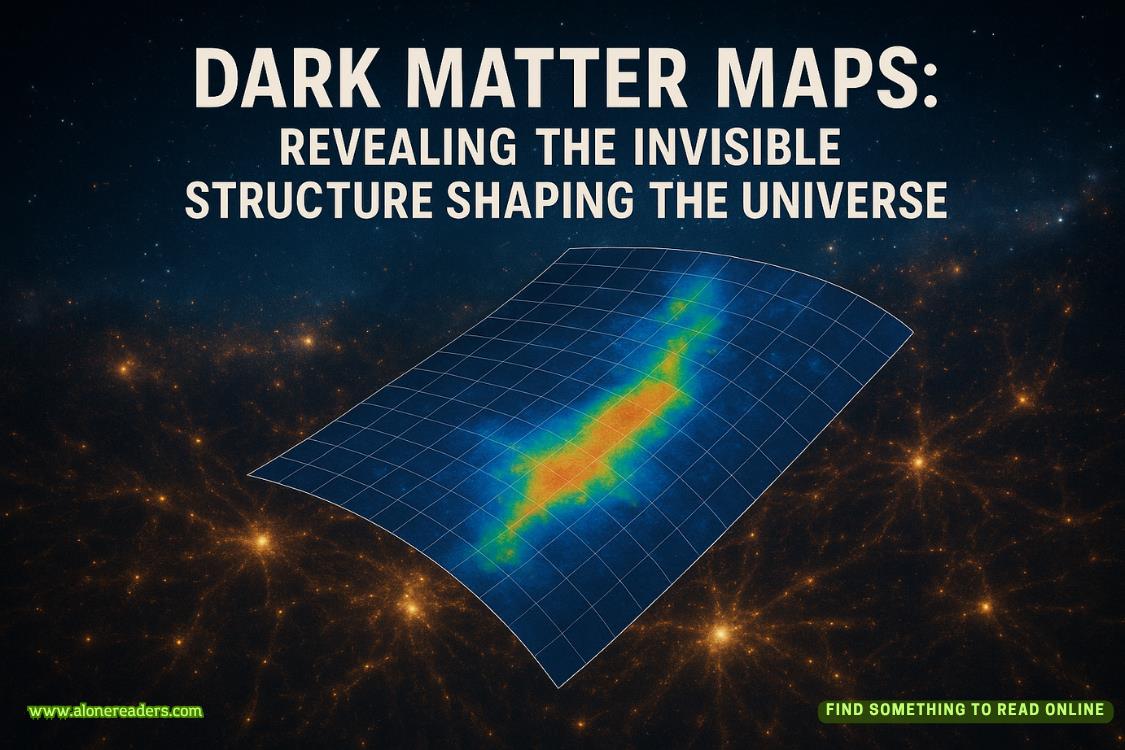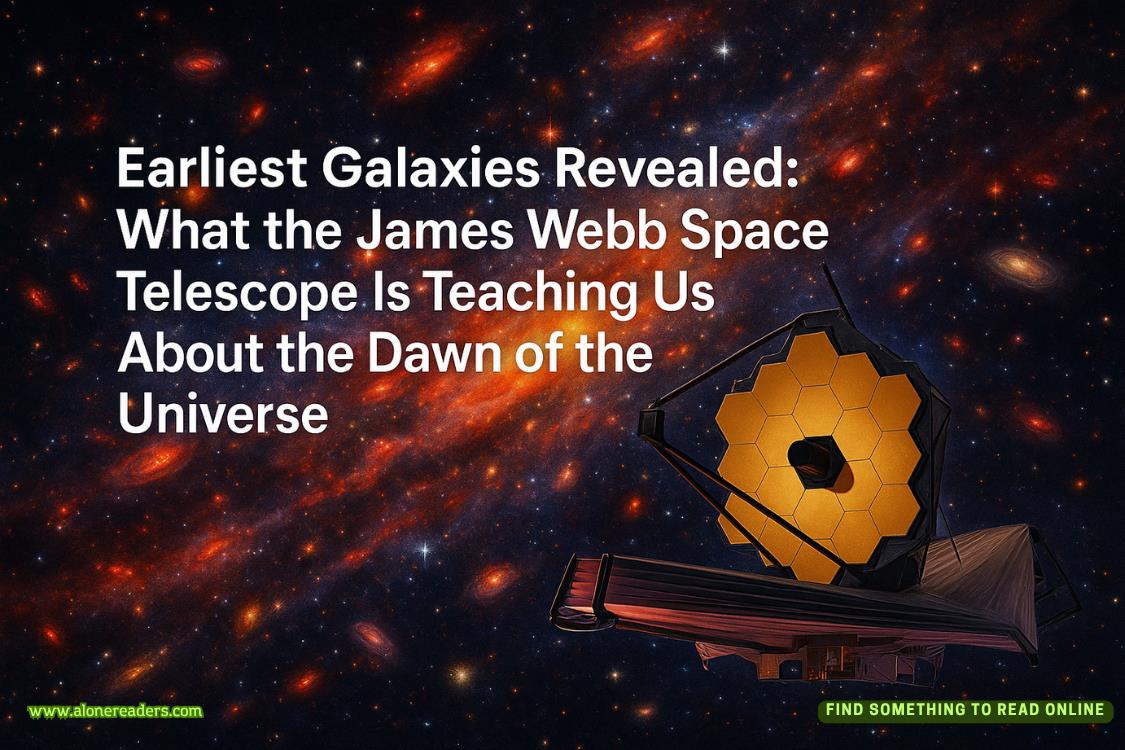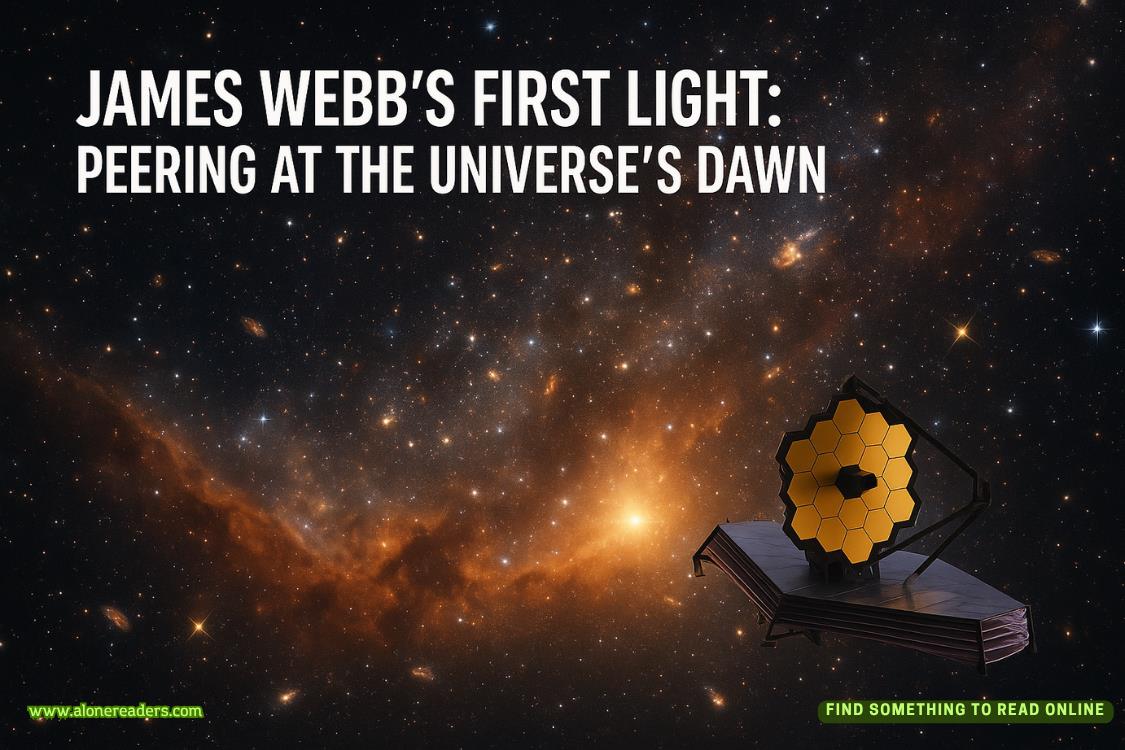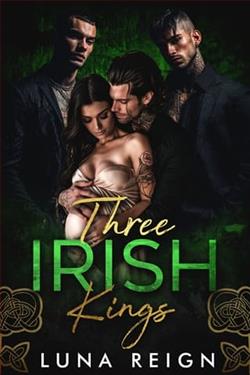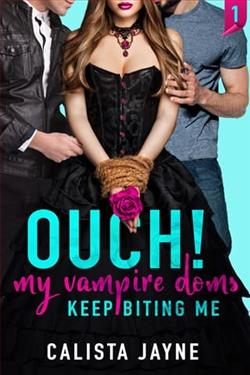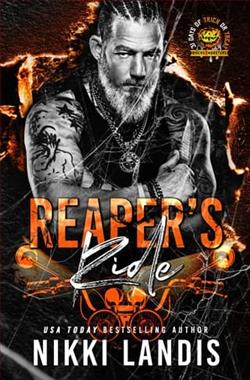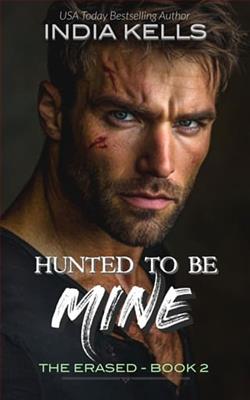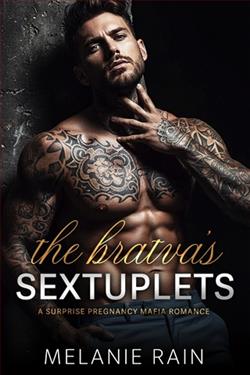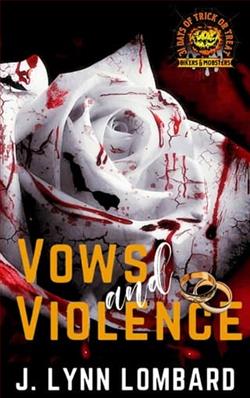Page 3 of True Believer
But maybe, as Nate had suggested, he'd be out of that racket soon. Well, not completely out of it. Alvin was probably right in saying that television producers were no different from editors, but television paid a living wage, which meant he'd be able to pick and choose his projects, instead of having to hustle all the time. Maria had been right to challenge his workload so long ago. In fifteen years, his workload hadn't changed a bit. Oh, the stories might be higher profile, or he might have an easier time placing his freelance pieces because of the relationships he'd built over the years, but neither of those things changed the essential challenge of always coming up with something new and original. He still had to produce a dozen columns for Scientific American, at least one or two major investigations, and another fifteen or so smaller articles a year, some in keeping with the theme of the season. Is Christmas coming? Write a story about the real St. Nicholas, who was born in Turkey, became bishop of Myra, and was known for his generosity, love of children, and concern for sailors. Is it summer? How about a story about either (a) global warming and the undeniable 0.8-degree rise in temperature over the last one hundred years, which foretold Sahara-like consequences throughout the United States, or (b) how global warming might cause the next ice age and turn the United States into an icy tundra. Thanksgiving, on the other hand, was good for the truth about the Pilgrims' lives, which wasn't only about friendly dinners with Native Americans, but instead included the Salem witch hunts, smallpox epidemics, and a nasty tendency toward incest.
Interviews with famous scientists and articles about various satellites or NASA projects were always respected and easy to place no matter what time of year, as were exposes about drugs (legal and illegal), sex, prostitution, gambling, liquor, court cases involving massive settlements, and anything, absolutely anything whatsoever, about the supernatural, most of which had little or nothing to do with science and more to do with quacks like Clausen.
He had to admit the process wasn't anything like he'd imagined a career in journalism would be. At Columbia--he was the only one of his brothers to attend college and became the first in his family ever to graduate, a fact his mother never ceased to point out to strangers--he'd double-majored in physics and chemistry, with the intention of becoming a professor. But a girlfriend who worked at the university paper convinced him to write a story--which relied heavily on the use of statistics--about the bias in SAT scores used in admission. When his article led to a number of student demonstrations, Jeremy realized he had a knack for writing. Still, his career choice didn't change until his father was swindled by a bogus financial planner out of some $40,000, right before Jeremy graduated. With the family home in jeopardy--his father was a bus driver and worked for the Port Authority until retirement--Jeremy bypassed his graduation ceremony to track down the con man. Like a man possessed, he searched court and public records, interviewed associates of the swindler, and produced detailed notes.
As fate would have it, the New York D.A.'s office had bigger fish to fry than a small-time scam artist, so Jeremy double-checked his sources, condensed his notes, and wrote the first expose of his life. In the end, the house was saved, and New York magazine picked up the piece. The editor there convinced him that life in academia would lead nowhere and, with a subtle blend of flattery and rhetoric about chasing the big dream, suggested that Jeremy write a piece about Leffertex, an antidepressant that was currently undergoing stage III clinical trials and was the subject of intense media speculation.
Jeremy took the suggestion, working two months on the story on his own dime. In the end, his article led the drugmaker to withdraw the drug from FDA consideration. After that, instead of heading to MIT for his master's degree, he traveled to Scotland to follow along with scientists investigating the Loch Ness Monster, the first of his fluff pieces. There, he'd been present for the deathbed confession of a prominent surgeon who admitted that the photograph he'd taken of the monster in 1933--the photograph that brought the legend into the public eye--had been faked by him and a friend one Sunday afternoon as a practical joke. The rest, as they say, was history.
Still, fifteen years of chasing stories was fifteen years of chasing stories, and what had he received in exchange? He was thirty-seven years old, single and living in a dingy one-bedroom apartment on the Upper West Side, and heading to Boone Creek, North Carolina, to explain a case of mysterious lights in a cemetery.
He shook his head, perplexed as always at the path his life had taken. The big dream. It was still out there, and he still had the passion to reach it. Only now, he'd begun to wonder if television would be his means.
The story of the mysterious lights originated from a letter Jeremy had received a month earlier. When he'd read it, his first thought was that it would make a good Halloween story. Depending on the angle the story took, Southern Living or even Reader's Digest might be interested for their October issue; if it ended up being more literary and narrative, maybe Harper's or even the New Yorker. On the other hand, if the town was trying to cash in like Roswell, New Mexico, with UFOs, the story might be appropriate for one of the major southern newspapers, which might then further syndicate it. Or if he kept it short, he could use it in his column. His editor at Scientific American, despite the seriousness with which he regarded the contents of the magazine, was also intensely interested in increasing the number of subscribers and talked about it incessantly. He knew full well that the public loved a good ghost story. He might hem and haw while glancing at his wife's picture and pretending to evaluate the merits, but he never passed up a story like this. Editors liked fluff as much as the next guy, since subscribers were the lifeblood of the business. And fluff, sad to say, was becoming a media staple.
In the past, Jeremy had investigated seven different ghostly apparitions; four had ended up in his October column. Some had been fairly ordinary--spectral visions that no one could scientifically document--but three had involved poltergeists, supposedly mischievous spirits that actually move objects or damage the surroundings. According to paranormal investigators--an oxymoron if Jeremy had ever heard one--poltergeists were generally drawn to a particular person instead of a place. In each instance that Jeremy had investigated, including those that were well documented in the media, fraud had been the cause of the mysterious events.
But the lights in Boone Creek were supposed to be different; apparently, they were predictable enough to enable the town to sponsor a Historic Homes and Haunted Cemetery Tour, during which, the brochure promised, people would see not only homes dating back to the mid-1700s but, weather permitting, "the anguished ancestors of our town on their nightly march between the netherworlds."
The brochure, complete with pictures of the tidy town and melodramatic statements, had been sent to him along with the letter. As he drove, Jeremy recalled the letter.
Dear Mr. Marsh:
My name is Doris McClellan, and two years ago, I read your story in Scientific American about the poltergeist haunting Brenton Manor in Newport, Rhode Island. I thought about writing to you back then, but for whatever reason, I didn't. I suppose it just slipped my mind, but with the way things are going in my town these days, I reckoned that it's high time to tell you about it.
I don't know if you've ever heard about the cemetery in Boone Creek, North Carolina, but legend has it that the cemetery is haunted by spirts of former slaves. In the winter--January through early February--blue lights seem to dance on the headstones whenever the fog rolls in. Some say they're like strobe lights, others swear they're the size of basketballs. I've seen them, too; to me, they look like sparkly disco balls. Anyway, last year, some folks from Duke University came to investigate; I think they were meteorologists or geologists or something. They, too, saw the lights, but they couldn't explain them, and the local paper did a big story on the whole mystery. Maybe if you came down, you could make sense of what the lights really are.
If you need more information, give me a call at Herbs, a restaurant here in town.
The remainder
of the letter offered further contact information, and afterward, he flipped through the brochure from the local Historical Society. He read captions describing the various homes on the upcoming tour, skimmed the information concerning the parade and barn dance on Friday night, and found himself raising an eyebrow at the announcement that, for the first time, a visit to the cemetery would be included in the tour on Saturday evening. On the back of the brochure--surrounded by what seemed to be hand-drawn pictures of Casper--were testimonials from people who'd seen the lights and an excerpt from what appeared to be an article in the local newspaper. In the center was a grainy photograph of a bright light in what might, or might not, have been the cemetery (the caption claimed it was).
It wasn't quite the Borely Rectory, a rambling "haunted" Victorian on the north bank of the Stour River in Essex, England, the most famous haunted house in history, where "sightings" included headless horsemen, weird organ chants, and ringing bells, but it was enough to pique his interest.
After failing to find the article mentioned in the letter--there were no archives at the local newspaper's Web site--he contacted various departments at Duke University and eventually found the original research project. It had been written by three graduate students, and though he had their names and phone numbers, he doubted there was any reason to call them. The research report had none of the detail he would have expected. Instead, the entire study had simply documented the existence of the lights and the fact that the students' equipment was functioning properly, which barely scratched the surface of the information he needed. And besides, if he'd learned anything in the past fifteen years, it was to trust no one's work but his own.
See, that was the dirty secret about writing for magazines. While all journalists would claim to do their own research and most did some, they still relied heavily on opinions and half-truths that had been published in the past. Thus, they frequently made mistakes, usually small ones, sometimes whoppers. Every article in every magazine had errors, and two years ago, Jeremy had written a story about it, exposing the less laudable habits of his fellow professionals.
His editor, however, had vetoed publishing it. And no other magazine seemed enthusiastic about the piece, either.
He watched oak trees slide past the windows, wondering if he needed a career change, and he suddenly wished he'd researched the ghost story further. What if there were no lights? What if the letter writer was a quack? What if there wasn't even much of a legend to build an article around? He shook his head. Worrying was pointless, and besides, it was too late now. He was already here, and Nate was busy working the New York phones.
In the trunk, Jeremy had all the necessary items for ghost hunting (as disclosed in Ghost Busters for Real!, a book he'd originally bought as a joke after an evening of cocktails). He had a Polaroid camera, 35mm camera, four camcorders and tripods, audio recorder and microphones, microwave radiation detector, electromagnetic detector, compass, night-vision goggles, laptop computer, and other odds and ends.
Had to do this right, after all. Ghostbusting wasn't for amateurs.
As might be expected, his editor had complained about the cost of the most recently purchased gizmos, which always seemed to be required in investigations like this. Technology was moving fast, and yesterday's gizmos were the equivalent of stone tools and flint, Jeremy had explained to his editor, fantasizing about expensing the laser-beam-backpack thing that Bill Murray and Harold Ramis had used in Ghostbusters. He would love to have seen his editor's expression with that one. As it was, the guy mowed through celery like a rabbit on amphetamines before finally signing off on the items. He sure would be pissed if the story ended up on television and not in the column.
Grinning at the memory of his editor's expression, Jeremy flipped through various stations--rock, hip-hop, country, gospel--before settling on a local talk show that was interviewing two flounder fishermen who spoke passionately about the need to decrease the weight at which the fish could be harvested. The announcer, who seemed inordinately interested in the topic, spoke with a heavy twang. Commercials advertised the gun and coin show at the Masonic Lodge in Grifton and the latest team changes in NASCAR.
The traffic picked up near Greenville, and he looped around the downtown area near the campus of East Carolina University. He crossed the wide, brackish waters of the Pamlico River and turned onto a rural highway. The blacktop narrowed as it wound through the country, squeezed on both sides by barren winter fields, denser thickets of trees, and the occasional farmhouse. About thirty minutes later, he found himself approaching Boone Creek.
After the first and only stoplight, the speed limit dropped to twenty-five miles an hour, and slowing the car, Jeremy took in the scene with dismay. In addition to the half dozen mobile homes perched haphazardly off the road and a couple of cross streets, the stretch of blacktop was dominated by two run-down gas stations and Leroy's Tires. Leroy advertised his business with a sign atop a tower of used tires that would be considered a fire hazard in any other jurisdiction. Jeremy reached the other end of town in a minute, at which point the speed limit picked up again. He pulled the car over to the side of the road.
Either the Chamber of Commerce had used photographs of some other town on its Web site or he'd missed something. He pulled over to check the map again, and according to this version of Rand McNally, he was in Boone Creek. He glanced in the rearview mirror wondering where on earth it was. The quiet, treelined streets. The blooming azaleas. The pretty women in dresses.
As he was trying to figure it out, he saw a white church steeple peeking out above the tree line and decided to make his way down one of the cross streets he'd passed. After a serpentine curve, the surroundings suddenly changed, and he soon found himself driving through a town that may once have been gracious and picturesque, but now seemed to be dying of old age. Wraparound porches decorated with hanging flower pots and American flags couldn't hide the peeling paint and mold just below the eaves. Yards were shaded by massive magnolia trees, but the neatly trimmed rhododendron bushes only partially hid cracked foundations. Still, it seemed friendly enough. A few elderly couples in sweaters who were sitting in rocking chairs on their porches waved at him as he passed by.
It took more than a few waves before he realized they weren't waving because they thought they'd recognized him, but because people here waved to everyone who drove by. Meandering from one road to the next, he eventually found the waterfront, recalling that the town had been developed at the confluence of Boone Creek and the Pamlico River. As he passed through the downtown area, which no doubt once constituted a thriving business district, he noted how the town seemed to be dying out. Dispersed among the vacant spaces and boarded-up windows were two antique shops, an old-fashioned diner, a tavern called Lookilu, and a barbershop. Most of the businesses had local-sounding names and looked as if they'd been in business for decades but were fighting a losing battle against extinction. The only evidence of modern life was the neon-colored T-shirts emblazoned with such slogans as I Survived the Ghosts in Boone Creek! that hung in the window of what was probably the rural, southern version of a department store.
Herbs, where Doris McClellan worked, was easy enough to find. It was located near the end of the block in a restored turn-of-the-century peach-colored Victorian. Cars were parked out front and in the small gravel parking lot off to the side, and tables were visible beyond the curtained windows and on the wraparound porch. From what he could see, every table was occupied, and Jeremy decided that it might be better if he swung by to talk to Doris after the crowd had thinned out.
He noted the location of the Chamber of Commerce, a small nondescript brick building set at the edge of town, and headed back toward the highway. Impulsively, he pulled into a gas station.
After taking off his sunglasses, Jeremy rolled down the window. The gray-haired proprietor wore dingy coveralls and a Dale Earnhardt cap. He rose slowly and began strolling toward the car, gnawing on what Jeremy assumed to be chewing tobacco.
/> "Can I hep ya?" His accent was unmistakably southern and his teeth were stained brown. His name tag read TULLY.
Jeremy asked for directions to the cemetery, but instead of answering, the proprietor looked Jeremy over carefully.
"Who passed?" he finally asked.
Jeremy blinked. "Excuse me?"
"Headin' to a burial, ain't ya?" the proprietor asked.
"No. I just wanted to see the cemetery."
The man nodded. "Well, you look like you're heading to a burial."
Jeremy glanced at his clothing: black jacket over a black turtleneck, black jeans, black Bruno Magli shoes. The man did have a point.
"I guess I just like wearing black. Anyway, about the directions . . ."
The owner pushed up the brim of his hat and spoke slowly. "I don't like going to burials none. Make me think I ought to be heading to church more often to square things up before it's too late. That ever happen to ya?"
Jeremy wasn't sure exactly what to say. It wasn't a question he typically encountered, especially in response to a question about directions. "I don't think so," he finally ventured.
The proprietor took a rag from his pocket and began to wipe the grease from his hands. "I take it you're not from here. You got a funny accent."
"New York," Jeremy clarified.
"Heard of it, but ain't never been there," he said. He looked over the Taurus. "Is this your car?"
"No, it's a rental."
He nodded, saying nothing for a moment.
"But anyway, about the cemetery," Jeremy prodded. "Can you tell me how to get there?"
"I s'pose. Which one ya lookin' for?"
"It's called Cedar Creek?"
The proprietor looked at him curiously. "Whatcha want to go out there for? Ain't nothin' for anyone to see there. There's nicer cemeteries on the other side of town."
